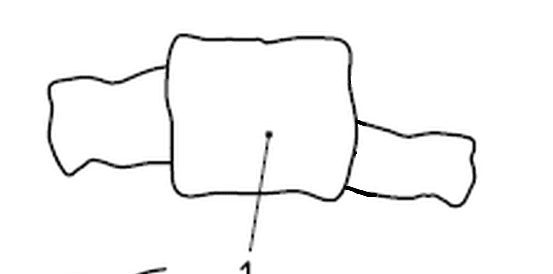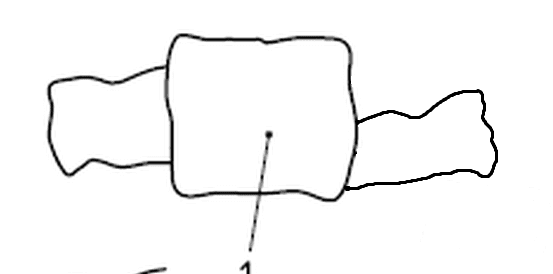cr7
Automotive
- Dec 21, 2019
- 65
Hi,
my second first post here. The first first was on ISO Standards & Certifications, but who reads that. Anyway:
I'm reading thread -> Link and looking at snip -> Link from one post.
What I can't get my head around is note marked with number 6. How is the collection feature established? Center of gravity of each cilinder? I try to exaggerate the example shown even more and wonder how the datum would look like if the right cilinder was even more eccentric.

my second first post here. The first first was on ISO Standards & Certifications, but who reads that. Anyway:
I'm reading thread -> Link and looking at snip -> Link from one post.
What I can't get my head around is note marked with number 6. How is the collection feature established? Center of gravity of each cilinder? I try to exaggerate the example shown even more and wonder how the datum would look like if the right cilinder was even more eccentric.




